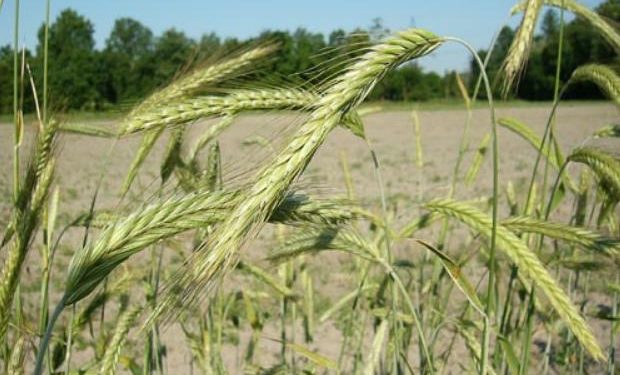The study explored the performance of hybrid and population rye (Secale cereale) cultivars under two different crop management intensities in Poland: moderate-intensity and high-intensity management. The focus was grain yield, grain quality, yield components, and variety stability in two growing seasons (2018/2019 and 2019/2020) at three locations. Hybrid cultivars consistently yielded higher grain yields (9.81 t ha−1) than population cultivars (7.90 t ha−1), with increase of 24.9%. However, hybrid cultivars had lower protein content (8.94%) than population cultivars (9.77%). Spike number was the most influential factor on yield, followed by 1000-grain weight and grains per spike, regardless of cultivar type. Hybrid cultivars displayed a lower degree of stability as assessed using the ranking sum of the Shukla variance and the multi-trait stability index. Hybrid cultivars were strongly dependent on resistance to fungal diseases, including Septoria (Mycosphaerella graminicola), and increased stability under moderate-intensity management. Resistance to soil acidification became more important for cultivar stability under high-intensity management.
Photo: https://agroatlas.ru/en/content/cultural/Secale_cereale_K/index.html
Reference: Ghafoor, A. Z., Wijata, M., Rozbicki, J., Krysztofik, R., Banaszak, K., Karim, H., Derejko, A., & Studnicki, M. (2024). Influence of crop management on stability rye yield and some grain quality traits. Agronomy Journal, 1–12. https://doi.org/10.1002/agj2.21647
Error




